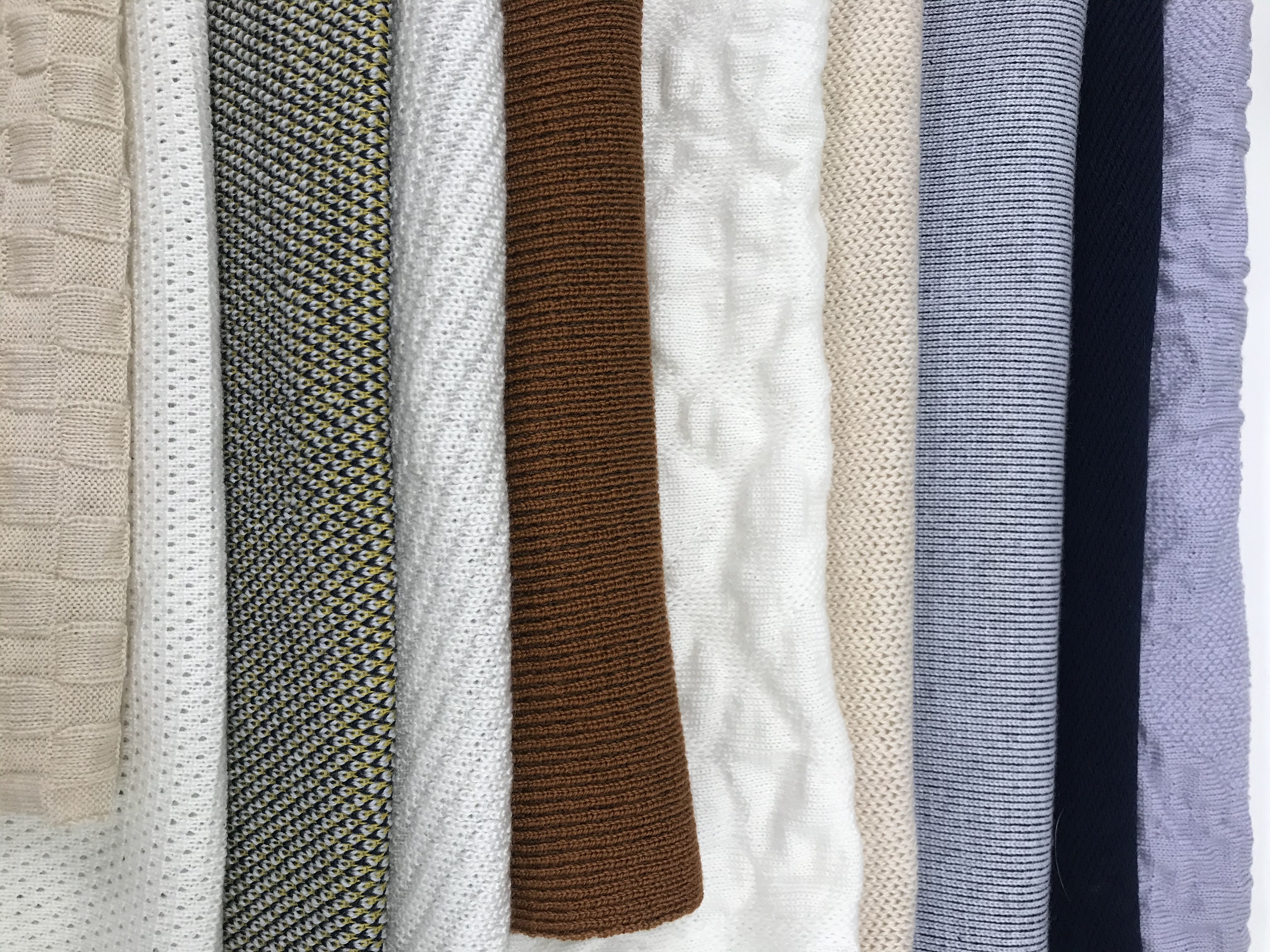
LEARNING OUTCOMES
After successful completion of the course, the student is able to:
- design a collection of knitted fabrics based on visual research and individual artistic expression;
- document the techniques and materials used in the collection;
- understand the properties of different yarn materials and basic knit structures, as well as some of their derivates;
- become familiarized with safe and sustainable working methods in the knitting workshop.
Credits: 6
Schedule: 04.11.2024 - 04.12.2024
Teacher in charge (valid for whole curriculum period):
Teacher in charge (applies in this implementation): Anna-Mari Leppisaari, Anna Semi
Contact information for the course (applies in this implementation):
CEFR level (valid for whole curriculum period):
Language of instruction and studies (applies in this implementation):
Teaching language: English. Languages of study attainment: English
CONTENT, ASSESSMENT AND WORKLOAD
Content
valid for whole curriculum period:
In the course, students are introduced to the principles of knitted fabrics and basic knit structures. Students design and realize a collection of knitted fabrics based on visual research. The task includes documenting the technical details of each fabric in product cards. Students practice analyzing and marking knitted structures, as well as familiarize themselves with various yarn materials. They learn how to use hand flat knitting machines and work safely in the knitting workshop.
Assessment Methods and Criteria
valid for whole curriculum period:
The final grade for the course is based on the student’s attendance and participation in the contact teaching and the assignments that the students complete during the course. Students must attend and actively participate in at least 80% of the contact teachings. The introductory session is mandatory.
Workload
valid for whole curriculum period:
Course includes lectures, work in workshops and assignments.
Overall workload 6 cr = 162 h. Minimum 80% attendance in contact teaching is required.
- Contact teaching: 60 h
- Independent work: 69 h
- Personal reflection: 32 h
- Course evaluation: 1 h
DETAILS
Study Material
valid for whole curriculum period:
Provided in MyCourses
Substitutes for Courses
valid for whole curriculum period:
Prerequisites
valid for whole curriculum period:
FURTHER INFORMATION
Further Information
valid for whole curriculum period:
Teaching Language: English
Teaching Period: 2024-2025 Autumn II
2025-2026 Autumn IIRegistration:
Registration in Sisu. Min. 5, max. 14 students.
Priority order:
- Fashion, Clothing and Textile Design MA (FaCT)students;
- Textiles-Material and Structure Minor students;
- Exchange students in FaCT.
Please note: Students integrating the course to MUO-E1066 Experimental Textile Design or MUO-E1068 Innovative Fashion Design are prioritized, as well as students who have completed their BA degree.
Otherwise, priority order to courses is according to the order of priority decided by the Academic committee for School of Arts, Design and Architecture, https//www.aalto.fi/en/services/registering-to-courses-and-the-order-of-priority-at-aalto-arts
